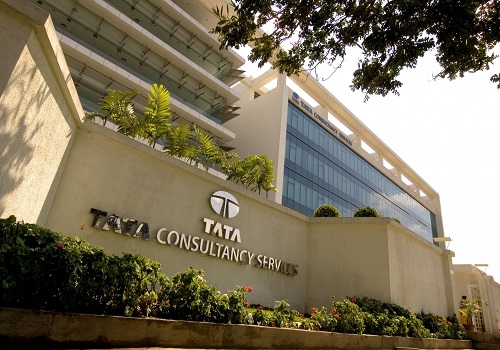Average rentals across top 6 office markets in India breach pre-pandemic levels

Average rentals across all six major markets in India have breached pre-pandemic levels for the first time in 2024, a report showed on Wednesday, clocking 2-8 per cent higher rentals compared to 2019.
Delhi-NCR and Pune saw the highest rise in average rentals at about 8 per cent each during the 2019-2024 period followed by Mumbai and Chennai with about 5-6 per cent rise in the same period.
With continued strong momentum, the six major office markets have witnessed a cumulative Grade A office space demand of 264 million square feet since 2019, according to a Colliers report.
“Although the rental growth will vary across cities, annual increase in average quoted rentals at the end of 2024 is likely to be higher for certain cities like Delhi-NCR and Pune as compared to other markets,” said Arpit Mehrotra, Managing Director, Office services, India, Colliers.
Moreover, as demand scale-up in Indian commercial real estate solidifies, notwithstanding unforeseen events, annual space take up to the tune of 60 million sq ft is likely to be the new norm in the medium-term, he added.
In the post-pandemic era, demand recovery in the office market has been swift, following a steep ‘V-shaped’ recovery trajectory.
While Bengaluru and Chennai breached 2019 rental levels in 2023, Delhi NCR and Mumbai completed the recovery cycle finally in 2024.
Core micro markets in Delhi-NCR such as Golf Course Extension Road, Noida Expressway and Cyber City have witnessed up to 25 per cent rise in rentals during the last five years.
High activity micro markets of Bengaluru such as Outer Ring Road (ORR) and Whitefield have witnessed a surge of 5-10 per cent as compared to the 2 per cent city-level rental growth during 2019-2024 period.
The higher rental growth is reflective of occupiers’ preference for Grade A developments in localities that enjoy superior connectivity and are located in proximity of residential catchment areas, said the report.






















